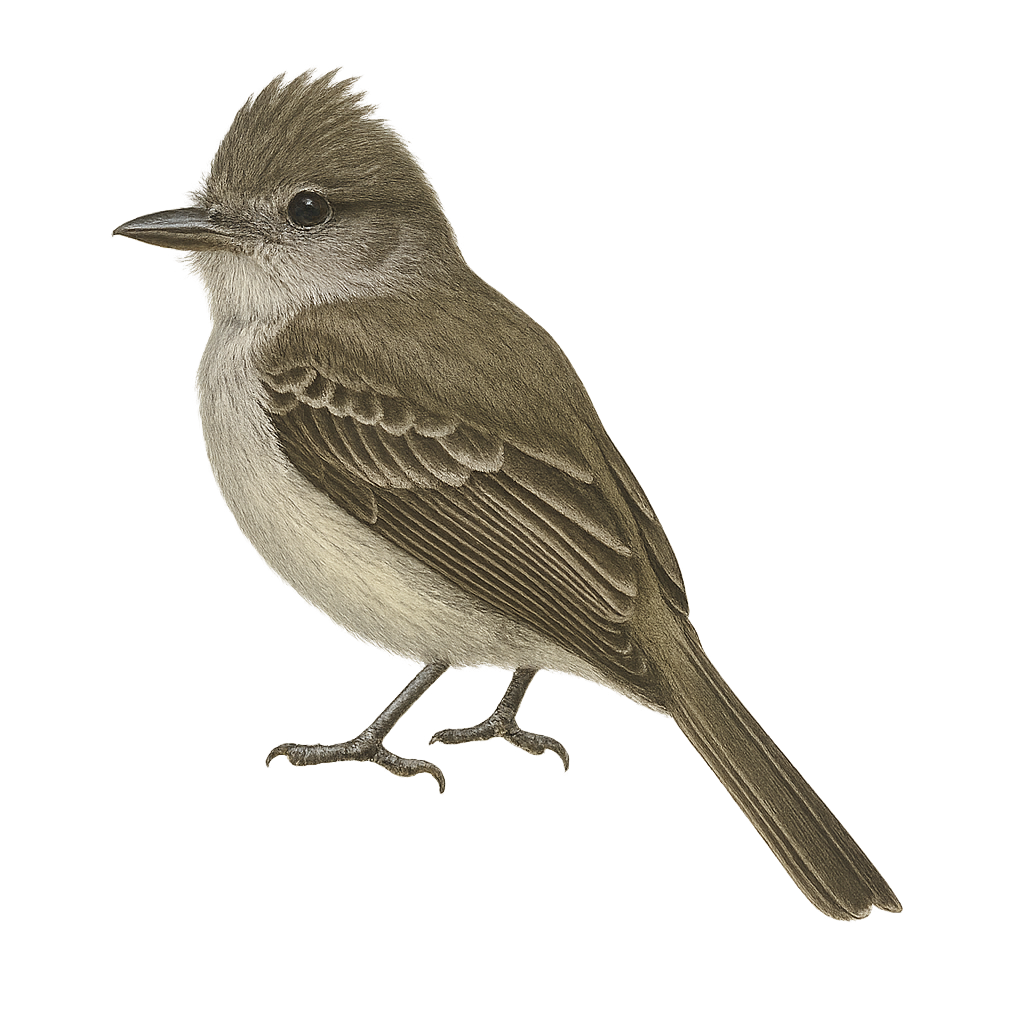Your wildlife photography guide.
Explore the caribbean elaenia in detail, study its behavior, prepare your shots.
Where to observe and photograph the caribbean elaenia in the wild
Learn where and when to spot the caribbean elaenia in the wild, how to identify the species based on distinctive features, and what natural environments it inhabits. The WildlifePhotographer app offers tailored photography tips that reflect the caribbean elaenia’s behavior, helping you capture better wildlife images. Explore the full species profile for key information including description, habitat, active periods, and approach techniques.
Caribbean Elaenia
Scientific name: Elaenia martinica

IUCN Status: Least Concern
Family: TYRANNIDAE
Group: Birds
Sensitivity to human approach: Suspicious
Minimum approach distance: 5 m
Courtship display: March to June
Incubation: 15-16 jours
Hatchings: March to July
Habitat:
tropical forests, forest edges, shrublands
Activity period :
Primarily active during the day, with peak activity in the morning and late afternoon.
Identification and description:
The Caribbean Elaenia is a small passerine bird belonging to the Tyrannidae family. It is primarily found in the Caribbean, particularly on the islands of Martinique, Guadeloupe, and Saint Vincent. This bird features an olive-gray plumage on its back and a lighter shade on its belly, with a subtle crest on its head. It is often seen in tropical forests, forest edges, and shrublands. The Caribbean Elaenia is an active insectivore, feeding mainly on insects caught in flight or on leaves. Its song is a soft, melodious whistle, often heard at dawn.
Recommended lens:
400 mm – adjust based on distance, desired framing (portrait or habitat), and approach conditions.
Photography tips:
To photograph the Caribbean Elaenia, it is advisable to use a telephoto lens of at least 400mm to capture detailed images without disturbing the bird. Look for areas where the bird is active, such as forest edges or shrublands. Be patient and discreet, as this bird can be suspicious. Morning hours are best for natural lighting.
The WildlifePhotographer App is coming soon!
Be the first to explore the best nature spots, track rutting seasons, log your observations, and observe more wildlife.
Already 1 432 wildlife lovers subscribed worldwide

